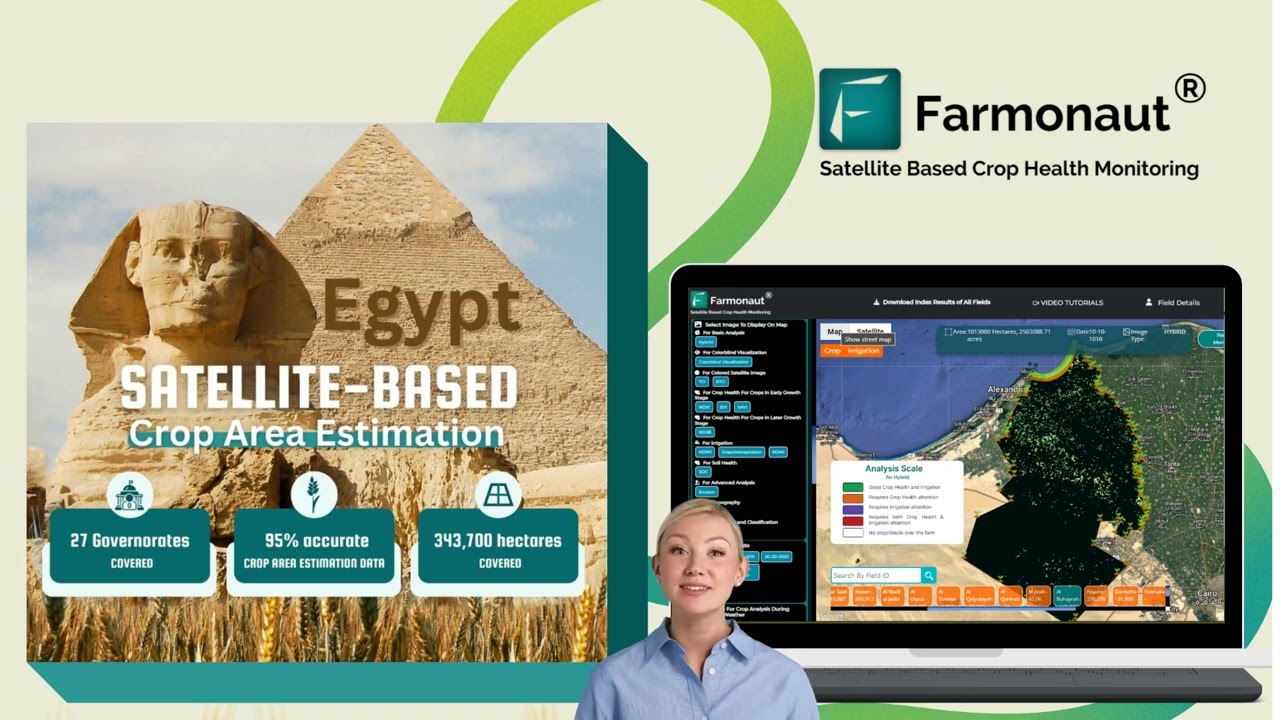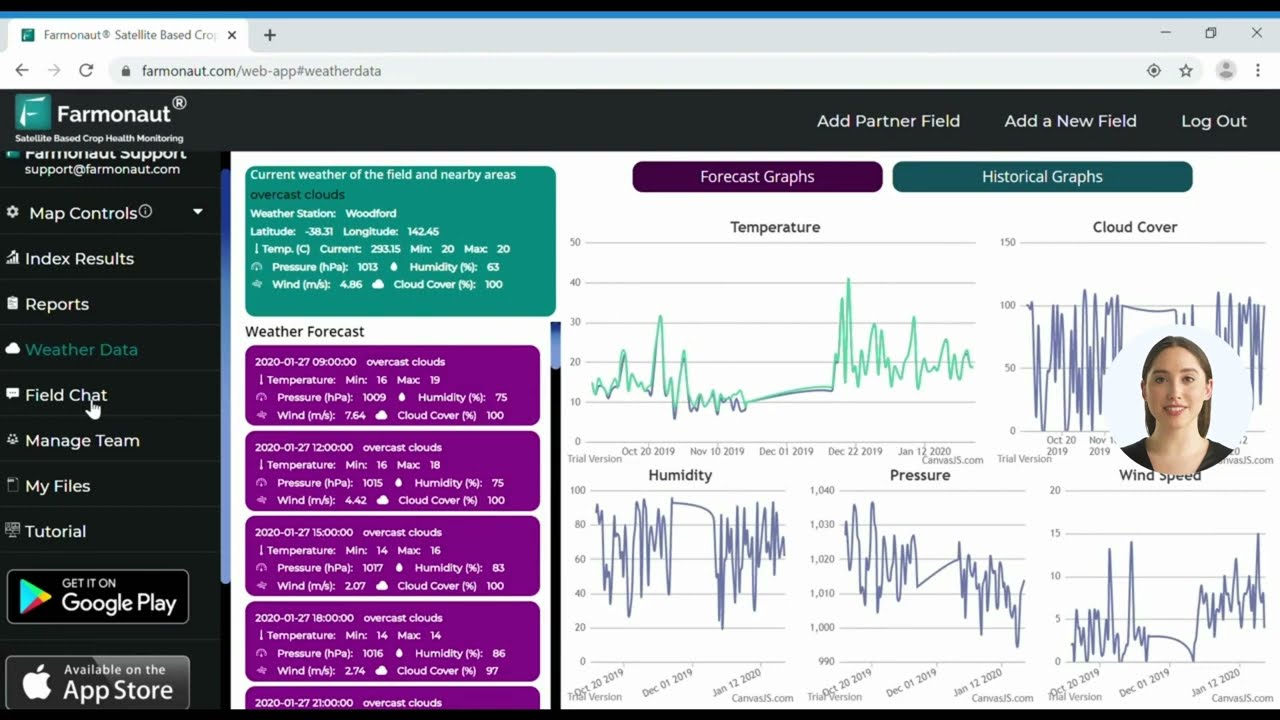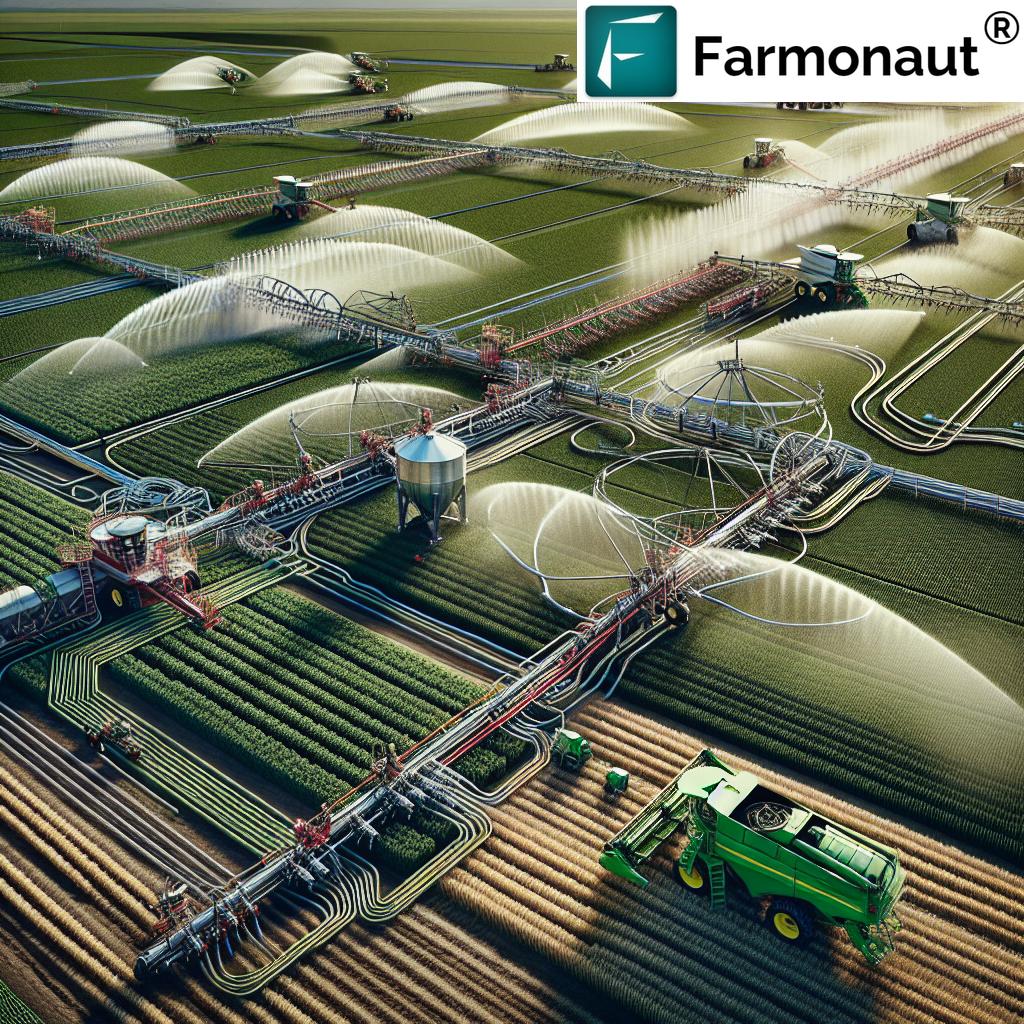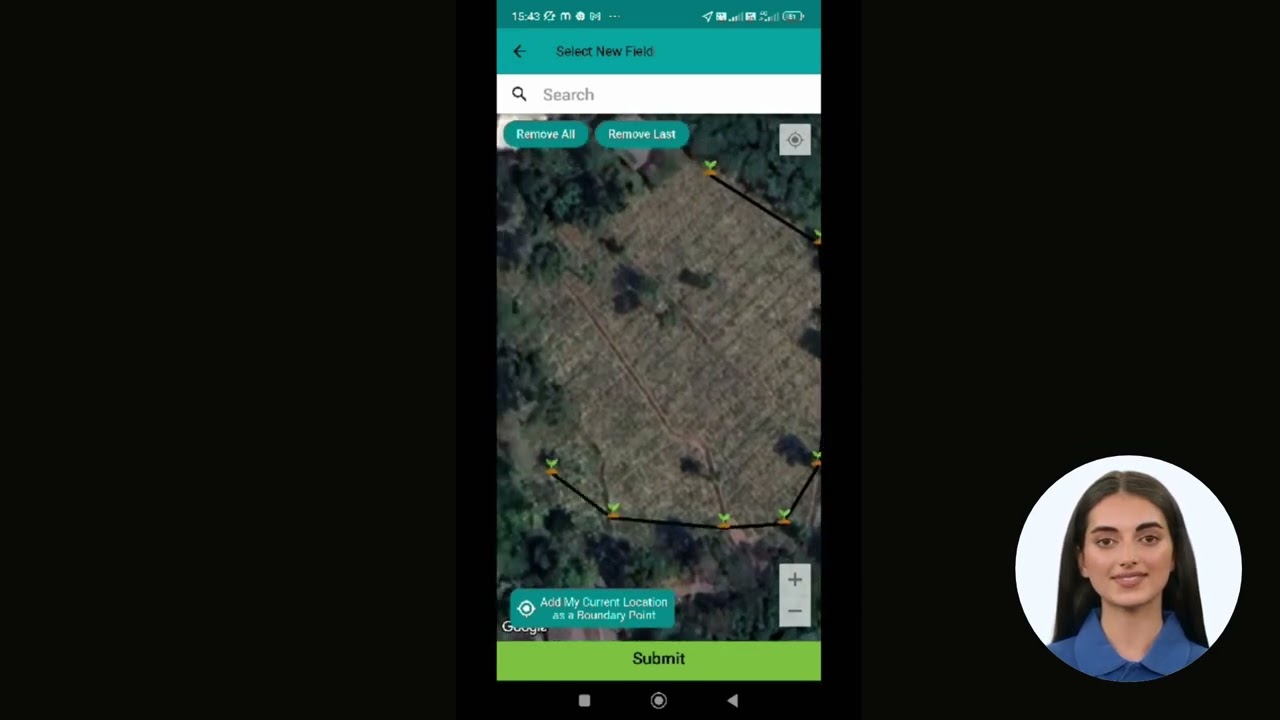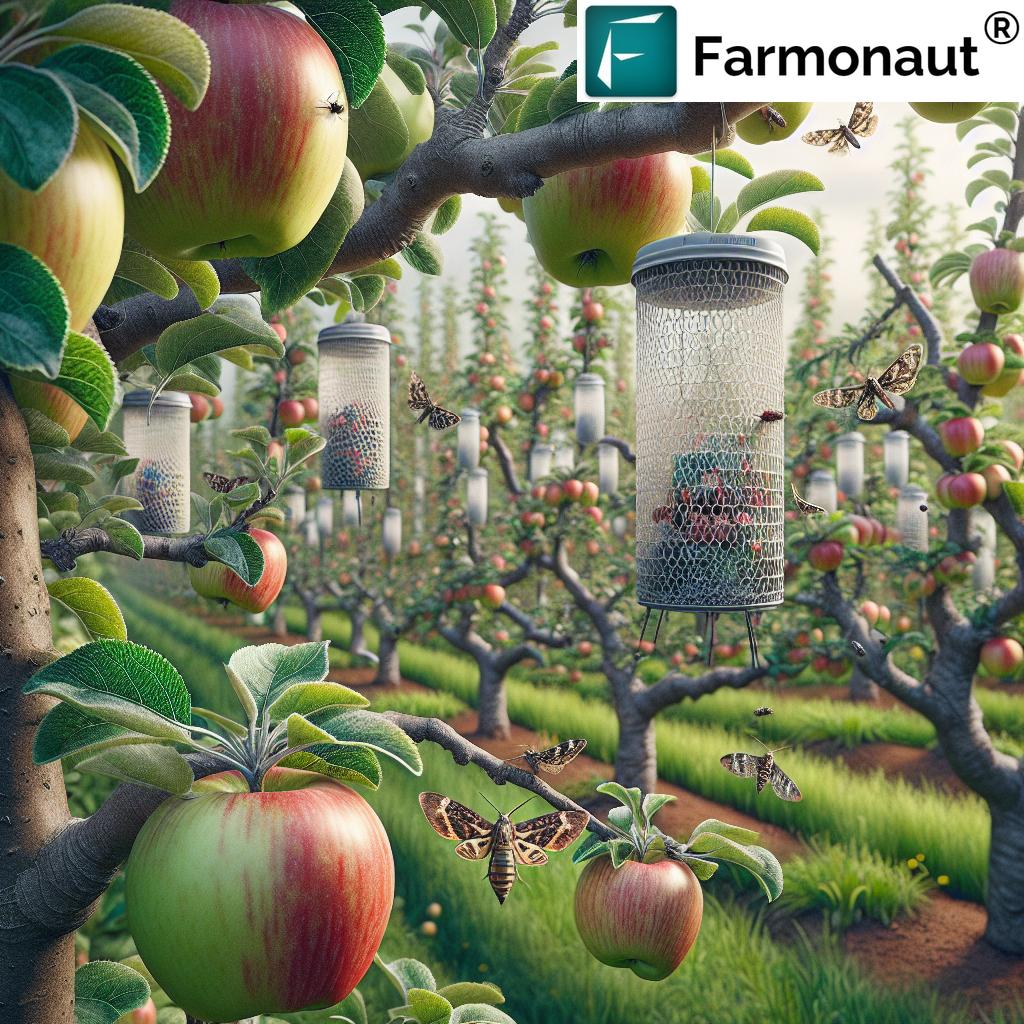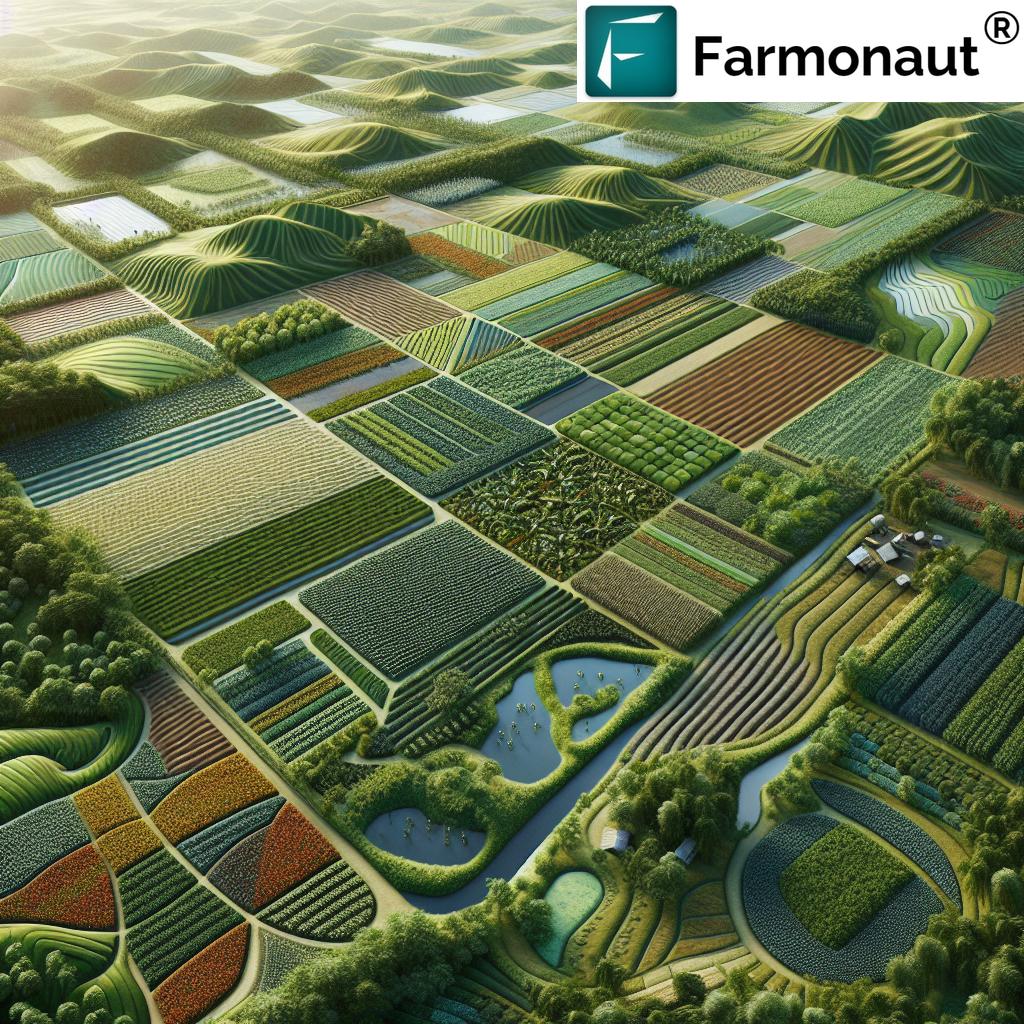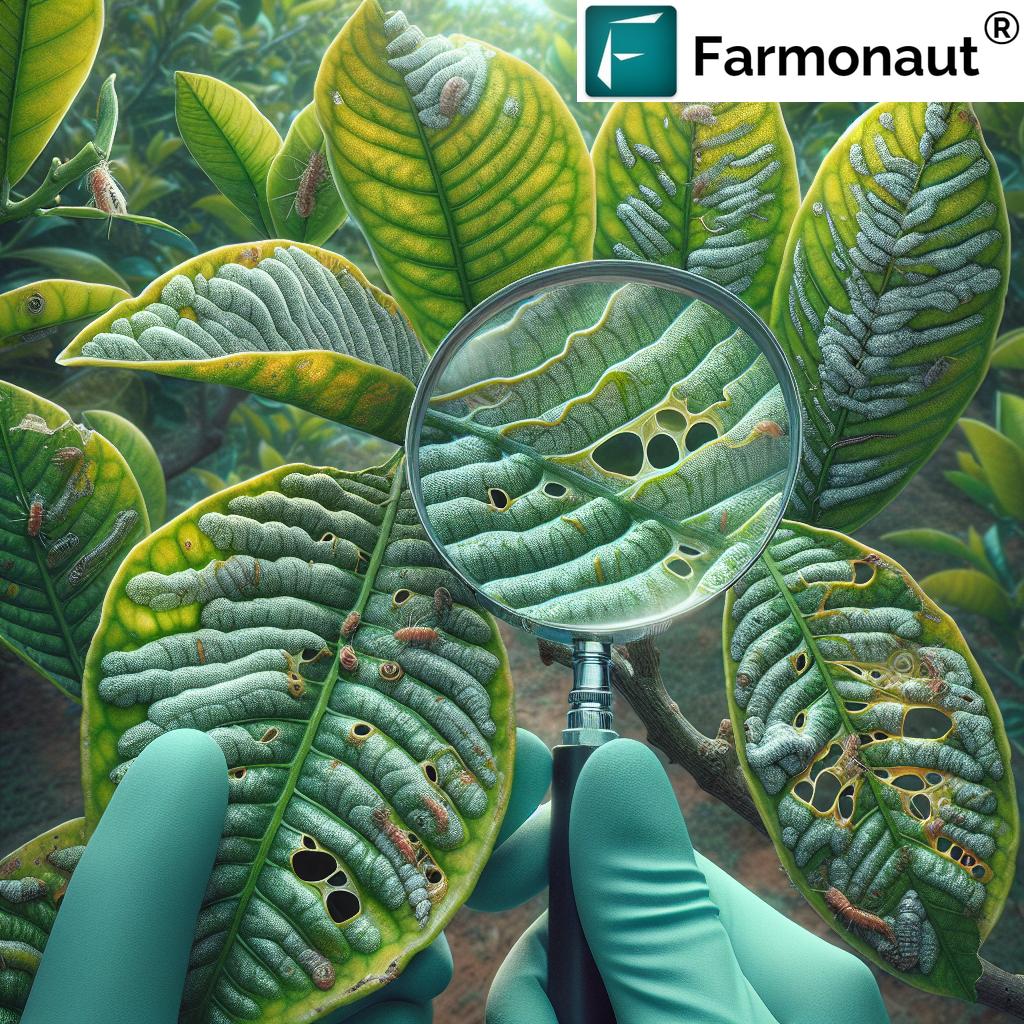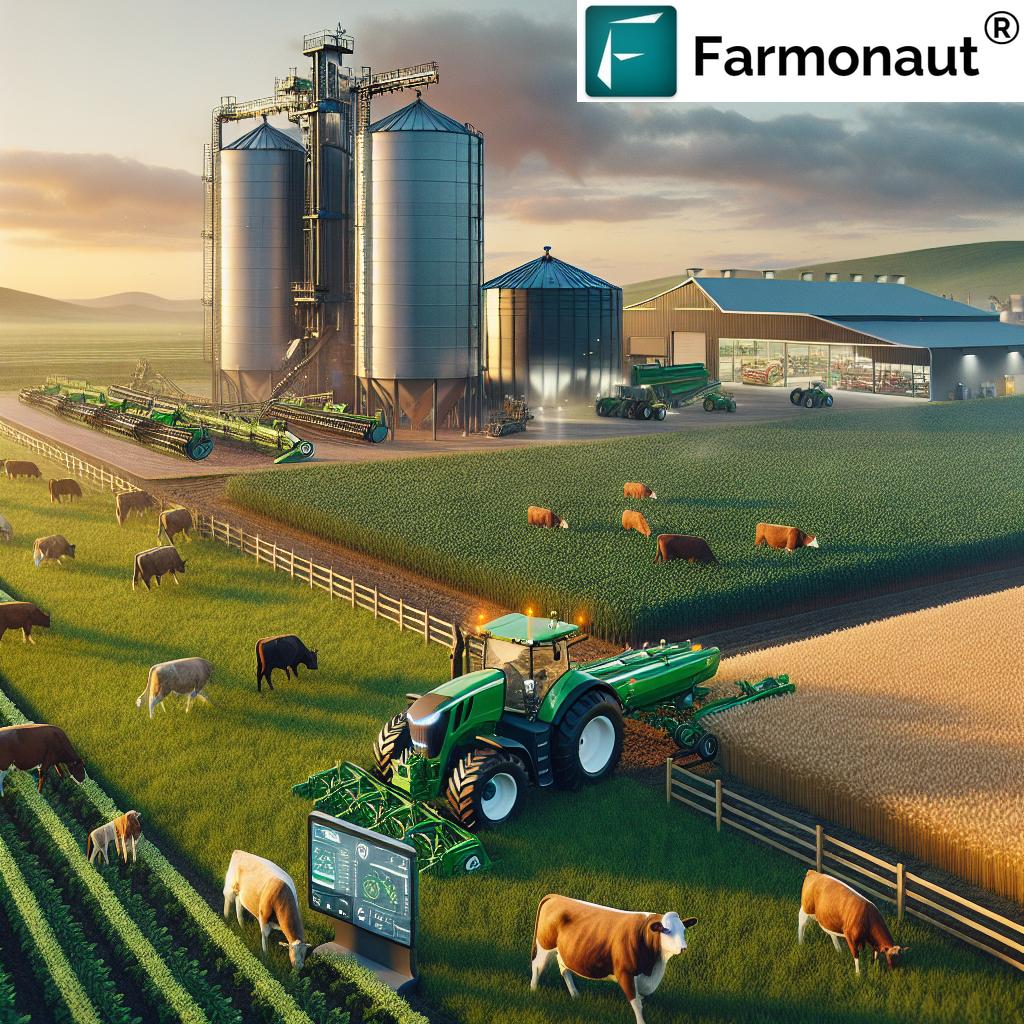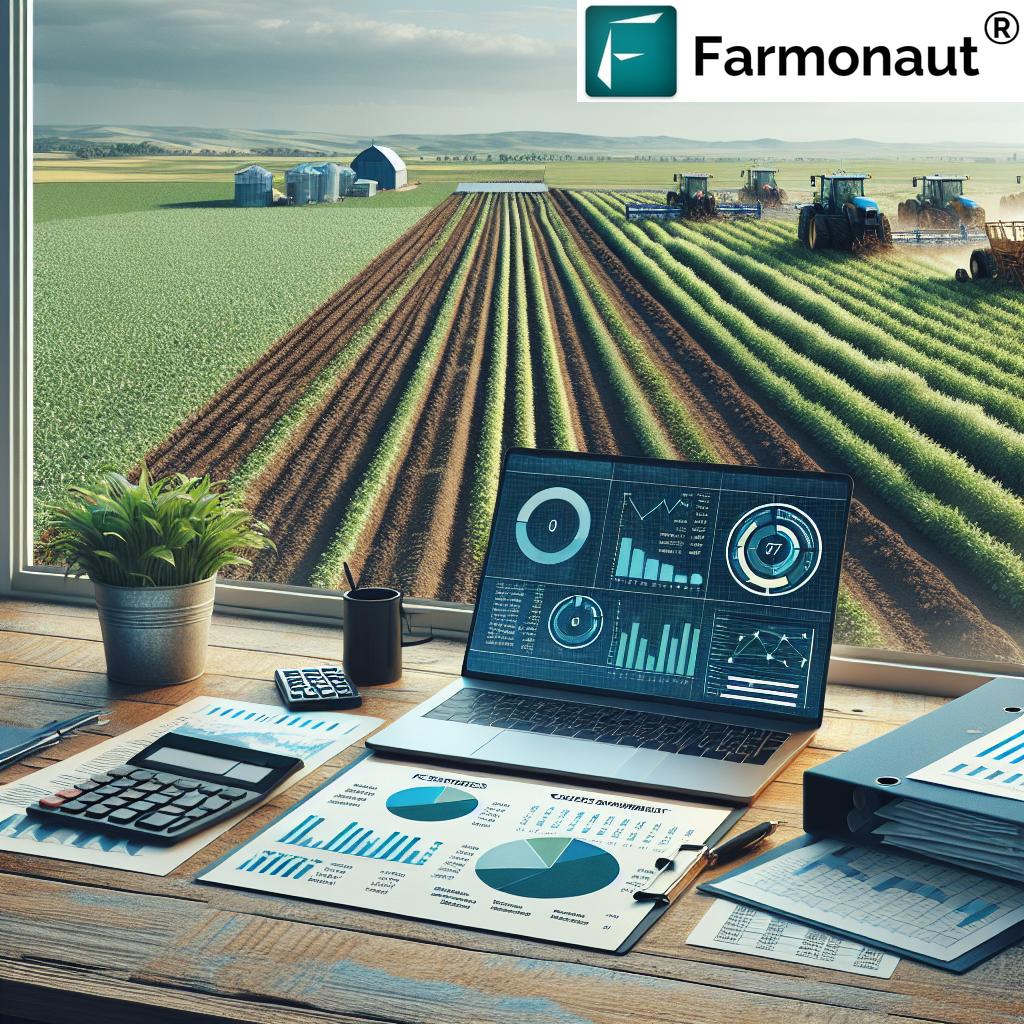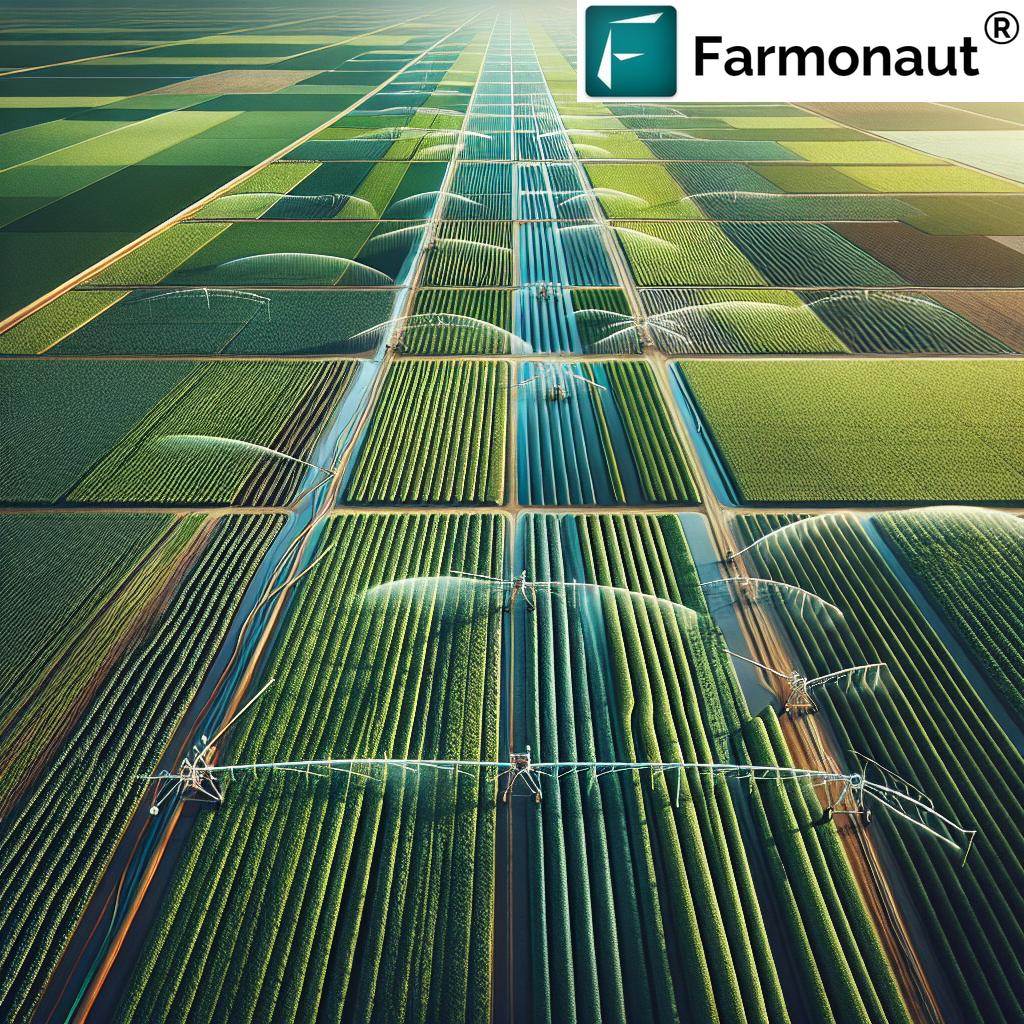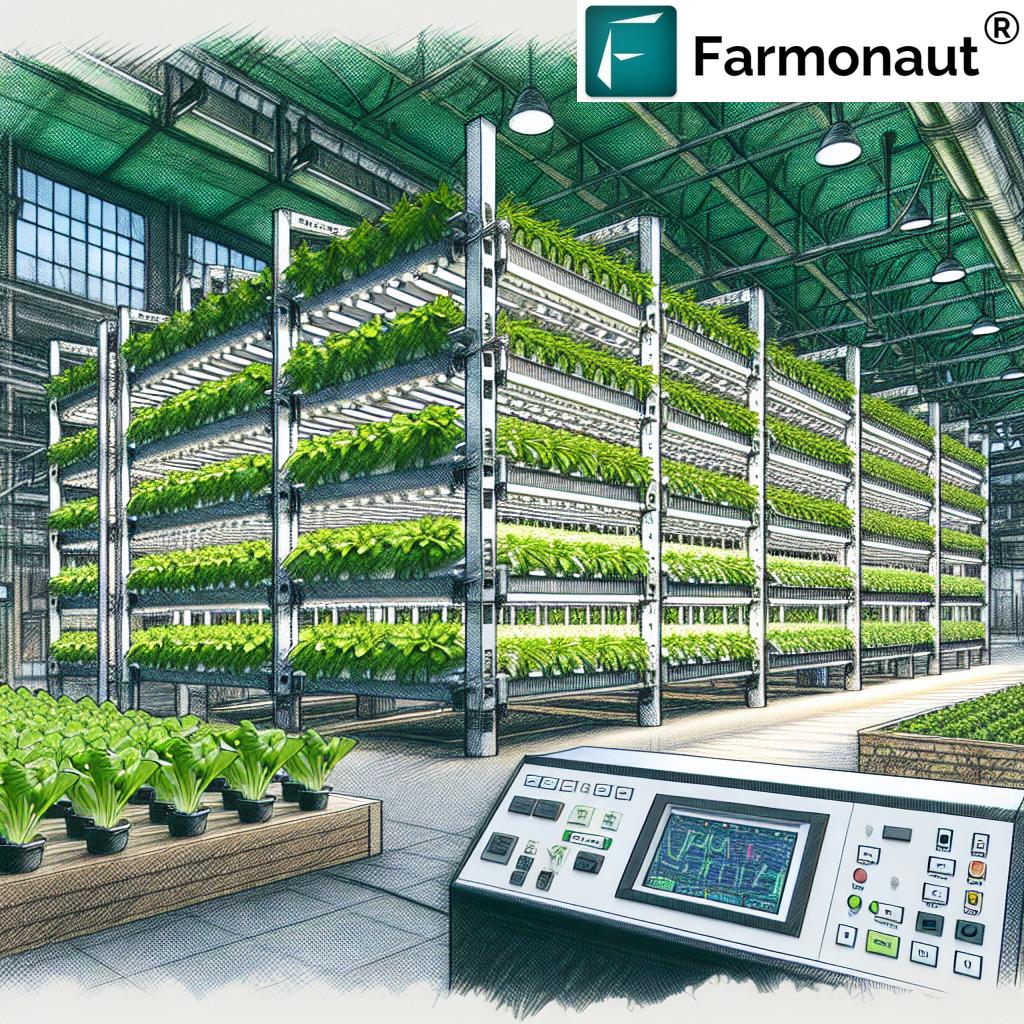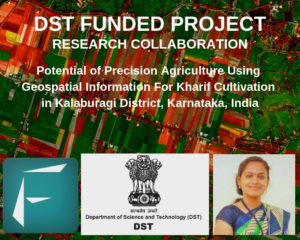10 Must-Have Farm Tools That Will Change Your Farming!
Meta Description: Discover the 10 must-have farm tools for soil preparation, planting, irrigation, crop protection, harvesting, and forestry. Explore the best agricultural equipment and farm machinery to boost your yields with our expert guide!
“Over 60% of global farmers use mechanized tools for soil preparation, significantly reducing manual labor time.”
- Introduction
- 1. Soil Preparation Tools
- 2. Planting Equipment
- 3. Irrigation Systems
- 4. Crop Protection Tools
- 5. Harvesting Equipment
- 6. Post-Harvest Processing Tools
- 7. Forestry Tools
- 8. Precision Agriculture Tools
- 9. Maintenance and Support Tools
- 10. Safety Equipment
- Comparison Table of the 10 Must-Have Farm Tools
- Farmonaut: Transforming Modern Agriculture
- FAQ
- Conclusion
Introduction
Farm tools are essential instruments in the world of farming, agriculture, and forestry. They facilitate a vast array of tasks—from soil preparation and planting, to irrigation, crop protection, harvesting, processing, and even sustainable forest management. As agriculture evolves, so does our dependence on efficient agricultural equipment and farm machinery. Selecting the right tools impacts our yields, labor, sustainability, and overall success.
In this comprehensive guide, we’ll explore the 10 must-have farm tools that will change your farming. We’ll cover fundamental implements like plows and harrows, modern machines for precision farming, robust irrigation systems for agriculture, advanced crop protection equipment, and forestry tools for agriculture. Together, let’s boost our knowledge, improve our practices, and harness technology for bountiful harvests!
1. Soil Preparation Tools – Building the Foundation for Healthy Crops
Proper soil preparation is fundamental for high crop yields. It paves the way for optimal planting, root development, and long-term soil health. Our toolkit includes a mix of traditional implements and modern farm machinery that together revolutionize the way we aerate, mix, and control in our fields.
-
Plows: Plows are pivotal soil preparation tools. They turn over the soil, mix crop residues back in, and bury weeds—creating a fresh seedbed. Whether using classic moldboard, chisel, or modern reversible plows, choosing the right one is key to field productivity.
- Tip: Use plows to manage crop stubble and organic matter, improving soil fertility.
-
Harrows: Harrows follow plowing and are critical for breaking down big clumps, leveling the seedbed, and incorporating fertilizers.
- Disc Harrows: Tackle hard and cloddy soils efficiently with sharp, rotating discs.
- Spring Harrows: Flexible tines that help remove weeds and aerate the soil in lighter fields.
- Roller Harrows: Compact and smooth the surface, ensuring even moisture absorption.
- Chain Harrows: Light leveling and pasture renovation, ideal for lawns, meadows, and post-harvest cleanup.
- Cultivators: These multi-purpose agricultural equipment are used to aerate soil, mix in fertilizers, and disrupt weeds before planting. With both manual and tractor-drawn models, they suit all farm sizes.
By investing in and maintaining quality soil preparation tools, we achieve uniform seedbeds, quick germination, and robust plant growth. Read more on modern agricultural equipment.
2. Planting Equipment – Seeders and Planters for Precise Placement
Precision in seed placement and consistency in planting are vital for maximizing germination rates and achieving uniform crops. Our recommended planting equipment enables us to boost field establishment, minimize waste, and maximize yields.
-
Seeders: These are dedicated tools for distributing seeds at a regulated depth and distance. Ranging from simple hand seeders to elaborate tractor-mounted seed drills, they reduce manual effort and enhance field uniformity.
- Direct seeding with minimal soil disturbance promotes healthy root systems.
- Some seeders come with integrated fertilizers for one-pass field prep.
-
Planters: While seeders are great for grains and small seeds, planters offer high-precision placement, especially for row crops like maize, soybeans, and cotton. They ensure optimal spacing and depth, reducing competition and improving airflow between plants.
- Modern planters can be adjusted for different crop types and field sizes.
- Automatic row shut-off features prevent overlapping, saving on expensive seed costs.
Explore detailed use-cases on farm machinery for planting and the advancement of agricultural equipment.
3. Irrigation Systems for Agriculture – Smarter Water, Bigger Yields
A robust irrigation system ensures that our crops get the right amount of water exactly when needed, significantly improving yields and resource efficiency. As climate change and erratic rainfall patterns threaten traditional agriculture, choosing the right irrigation tools is paramount.
-
Sprinkler Systems: Mimicking rainfall, these systems are equipped with rotating nozzles that distribute water evenly over fields, suitable for grains, pastures, and horticultural crops.
- Portable and fixed installations for fields of varying sizes.
- Sprinklers reduce diseases by avoiding excess soil surface moisture.
-
Drip Irrigation: This highly efficient technology delivers water directly to plant roots through a network of valves, pipes, and emitters, minimizing evaporation and runoff.
- Ideal for orchards, greenhouses, and row crops.
- Significantly reduces water usage by targeting root zones.
Pro-Tip: Monitoring soil moisture levels via satellite-powered platforms (like Farmonaut’s App) further optimizes irrigation schedules, resulting in water savings and better crop health.
Modern irrigation systems can increase crop yields by up to 50% compared to traditional watering methods.
For advanced irrigation solutions and crop monitoring, explore large-scale farm management tools here.
4. Crop Protection Tools – Ensuring Food Security and Maximizing Yields
Safeguarding crops from pests, diseases, and weeds is essential to minimize losses and achieve healthy, market-ready produce. Our crop protection equipment ensures coverage, safety, and efficiency.
-
Sprayers: Sprayers deliver pesticides, herbicides, and fertilizers in fine, even layers. Whether using handheld, backpack, or tractor-mounted options, choosing the right sprayer ensures even application.
- Reduces crop exposure to pests and fungal diseases.
- Minimizes chemical drift and maximizes treatment efficacy.
-
Fertilizer Spreaders: Spreaders are vital for broadcasting or applying granular fertilizers and soil amendments over large areas.
- Broadcast Spreaders: Quickly cover wide fields, ideal for grains and cereals.
- Drop Spreaders: Precise delivery, reducing overlap or gaps in nutrient distribution.
For more on effective crop protection, visit our crop, plantation, and forest advisory solutions built with satellite data and AI-driven insights.
5. Harvesting Equipment – Efficiency at the Final Step
When crops reach maturity, efficient harvesting equipment is necessary for profitable, timely, and labor-saving collection of produce. Here’s what every modern farm needs:
-
Combines: These are versatile machines that execute reaping, threshing, and winnowing in a single pass. Whether harvesting wheat, rice, soybeans, or barley, combines minimize crop loss and accelerate post-harvest workflows.
- Best for medium to large farms growing grains or pulses.
- Advanced models have real-time yield mapping and moisture measurement.
-
Balers: When producing hay, straw, or silage, balers compress and shape the material into manageable bales.
- Round Balers: Roll material into round bales for easy field handling and storage.
- Square Balers: Create stackable, cuboidal bales prized for transport and compact storage.
Investing in the right harvesting equipment ensures higher throughput, reduced waste, and better-quality produce, ready for market or further processing.
6. Post-Harvest Processing Tools
After harvest, effective post-harvest processing tools help us reduce losses and maintain crop quality. A key instrument is the thresher, which automates the separation of grains from husks and chaff.
-
Threshers: Speed up the processing of cereals, pulses, and seeds, improving efficiency and reducing breakage. Modern threshers can be powered by hand, small engines, or tractors.
- Promote rapid turnaround for grains headed to market or storage.
- Integrate with cleaning sieves for better-quality kernels.
Using reliable post-harvest processing equipment improves grain recovery rates, enhances cleanliness, reduces contamination, and improves profitability.
For solutions on supply chain traceability and grain tracking, explore blockchain-based product traceability—a Farmonaut feature that brings unprecedented transparency to post-harvest supply chains.
7. Forestry Tools for Agriculture – Managing Trees and Ecosystems
Healthy forestry supports biodiversity, sustainable farming, and soil conservation. Whether we manage woodlots, orchards, or implement agroforestry, these essential forestry tools keep trees and the entire farm ecosystem thriving:
- Chainsaws: For felling trees, pruning large limbs, or clearing land efficiently.
- Pruning Shears: Lightweight, ergonomic hand tools to trim shrubs, shape fruit trees, and remove diseased branches.
- Axes and Hatchets: Tried-and-tested implements for splitting wood, shaping logs, and woodland maintenance.
To optimize forestry and plantation management using satellite-driven analytics,
discover fleet and resource management offered by Farmonaut—enabling efficient tool and workforce deployment across vast forestry operations.
“Modern irrigation systems can increase crop yields by up to 50% compared to traditional watering methods.”
8. Precision Agriculture Tools – Smart Farming for Higher Efficiency
The journey from traditional to precision farming is transforming agriculture. Leveraging the latest technologies—GPS, drones, soil sensors, and satellite data—empowers us to maximize productivity, minimize inputs, and ensure sustainable land stewardship.
-
GPS Systems: Guide tractors and farm machinery for ultra-precise navigation, auto-steering, and variable rate seeding or fertilization.
- Reduce overlap and missed patches for inputs like fertilizers and seeds.
- Drones: These flying marvels help us monitor crop performance, detect stress or disease zones, map fields, and even spray pesticides—saving time, labor, and chemicals.
- Soil Sensors: Real-time monitoring of soil moisture, temperature, and nutrients allows for tailored irrigation and fertilization plans, ensuring every crop receives what it needs to thrive.
Farmonaut brings affordable precision agriculture to everyone through its satellite-powered platform and Jeevn AI advisory system, available via Android, iOS, and web app. We empower ourselves with data-driven decisions for field-level success.
Get started with Farmonaut’s agro-admin app and platforms to take your precision farming to the next level.
APIs for Developers: Farmonaut Satellite & Weather API lets us integrate precision data directly into custom solutions, decision-support software, or on-farm records. Detailed developer docs are available here.
9. Maintenance and Support Tools – Keeping Operations Running Smoothly
Proactive maintenance is the best defense against costly breakdowns and downtime. Our support tools kit should always include:
- Comprehensive wrench, screwdriver, and plier sets for daily adjustments and repairs.
- Lubricants, grease guns, and oil cans to keep moving parts working smoothly.
- Tire inflators, air compressors, and diagnostic testers for regular checks of farm machinery.
- Spare parts (belts, bearings, hoses) and toolboxes for field-side action.
Tip: Use digital fleet management platforms (see Farmonaut’s resource management solutions) to keep equipment schedules, fuel logs, sensor alerts, and maintenance histories up to date—no matter how many machines or fields we manage.
10. Safety Equipment – Protect Yourself and Your Workforce
Safety is non-negotiable on any modern farm. With large machines, sharp instruments, and agricultural chemicals in play, safety equipment is our first line of protection:
- Gloves: Defend hands against cuts, infections, and chemical burns.
- Boots: Provide foot safety, waterproofing, and slip resistance in fluctuating field conditions.
- Protective Eyewear: Shield eyes from debris, dust, and pesticide mist.
- Hearing Protection: Guard against hearing loss from noisy machinery like tractors, chainsaws, and harvesters.
Building a culture of safety not only minimizes incidents but also boosts morale and long-term workforce productivity.
Comparison Table of the 10 Must-Have Farm Tools
| Tool Name | Primary Use | Estimated Price Range | Efficiency Impact | Ease of Use | Suitable Farming Scale |
|---|---|---|---|---|---|
| Plow | Initial soil turning/preparation | $800–$5000+ (tractor) | 10–25% yield improvement | Intermediate | Small, Medium, Large |
| Harrow (Disc, Spring, Roller, Chain) | Breaking clods, smoothing soil | $700–$3500 | 8–15% yield boost | Beginner/Intermediate | Small, Medium, Large |
| Cultivator | Weed control, soil aeration, mixing fertilizers | $300–$3000 | 7–20% yield gain | Beginner/Intermediate | Small, Medium, Large |
| Seeder/Planter | Planting seeds at correct depth/spacing | $200–$25,000 | 20–50% increase (uniformity/germination) | Beginner/Advanced | Small to Large |
| Irrigation System | Consistent water supply to crops | $1000–$30,000+ | Up to 50% yield improvement | Intermediate | Medium, Large |
| Sprayer | Applying pesticides, herbicides, nutrients | $50–$15,000 | Reduces crop losses by 10–30% | Beginner/Intermediate | Small, Medium, Large |
| Fertilizer Spreader | Uniform fertilizer distribution | $100–$18,000 | 10–20% yield boost | Beginner/Intermediate | Small, Medium, Large |
| Harvester/Combine | Automated crop harvesting (grains, pulses) | $20,000–$500,000+ | Labor cut >70%, 20% less crop loss | Advanced | Medium, Large |
| Baler | Compressing hay, straw, silage into bales | $7,000–$80,000 | Speeds post-harvest handling by 80% | Intermediate | Medium, Large |
| Safety Gear (Gloves, Boots, Eyewear, Protection) | Personal protection on farm | $20–$500 per kit | Reduces accidents by >70% | Beginner | All |
Farmonaut: Transforming Modern Agriculture with Precision Tools
As we’ve seen, every successful farmer relies on a powerful mix of farm tools, agricultural equipment, and up-to-date best practices. But in the era of data, connectivity, and climate risk, leveraging digital solutions like Farmonaut opens up new levels of productivity and sustainability.
What Farmonaut Offers
-
Satellite-Based Crop Health Monitoring:
- Access NDVI maps, soil moisture reports, and field alerts for proactive farm management.
- Make quick decisions about irrigation, fertilizers, and pest management while reducing costs and waste.
-
AI-Powered Jeevn Advisory System:
- Personalized, real-time advice for your exact crop and location based on satellite data and weather insights.
-
Blockchain Traceability Platform:
- Provide full transparency to buyers and end consumers about your crop’s origin, quality, and journey—from farm to table.
- Enhance your marketability and trustworthiness.
-
Fleet and Resource Management:
- Digitally track all your machinery, equipment schedules, fuel usage, route history, and preventive maintenance records for cost-efficiency and safety compliance.
-
Carbon Footprint Tracking:
- Quantify, monitor, and reduce your operational emissions with real-time data—future-proof your business and align with sustainability demands. Learn more about this forward-thinking feature here.
-
Flexible Plans & Accessibility:
- Accessible via browser, Android/iOS app, or API. Designed for smallholders, big agribusinesses, institutions, and even government agencies.
- Choose solutions, scale up as you grow, and never be left behind by agricultural innovation.
Ready to make precision farming affordable, data-driven, and globally accessible? Explore Farmonaut’s subscription options below and bring your fields, crops, and forest management into the future.
Frequently Asked Questions (FAQ)
Q1: Why are soil preparation tools critical?
Soil preparation tools like plows, harrows, and cultivators improve aeration, control weeds, mix organic matter, and create a uniform seedbed. This supports healthy germination, robust root development, and ultimately boosts crop yields.
Q2: What is the benefit of using planters over manual planting?
Planters ensure every seed is placed at the correct depth and spacing, resulting in uniform plant stands, increased germination rates, and reduced seed wastage—leading to higher, more predictable yields.
Q3: Can small farmers benefit from irrigation systems?
Absolutely! Modern drip and sprinkler irrigation systems are available in sizes suitable for small farms and can dramatically improve water use efficiency and yields, reducing dependency on rainfall.
Q4: How do I keep farm equipment running efficiently?
Regular maintenance using essential support tools—such as lubricants, diagnostic testers, and scheduled inspections with digital platforms—prevents breakdowns and extends machinery life.
Q5: What makes Farmonaut stand out compared to traditional equipment providers?
Farmonaut is not a farm input supplier, online marketplace, or regulatory body. Instead, it provides satellite and AI-powered software solutions that empower all types of farmers to manage fields, monitor crops, and optimize resources with data-driven insights—affordably and at scale.
Conclusion
Throughout this guide, we explored the 10 must-have farm tools and the transformative impact they offer across soil preparation, planting, irrigation, crop protection, harvesting, and forestry. The right blend of traditional agricultural equipment and modern farm machinery enables us to address every farming task with precision, efficiency, and safety.
A future-proof agribusiness now requires not only reliable physical instruments but also data-driven platforms like Farmonaut. By leveraging satellite insights, real-time crop health monitoring, and resource management, we take our yields, sustainability, and profitability to unprecedented levels.
Ready to upgrade your farm operations? Download the Farmonaut app for Android, iOS, or access the web platform to start your journey into the next generation of agriculture!






